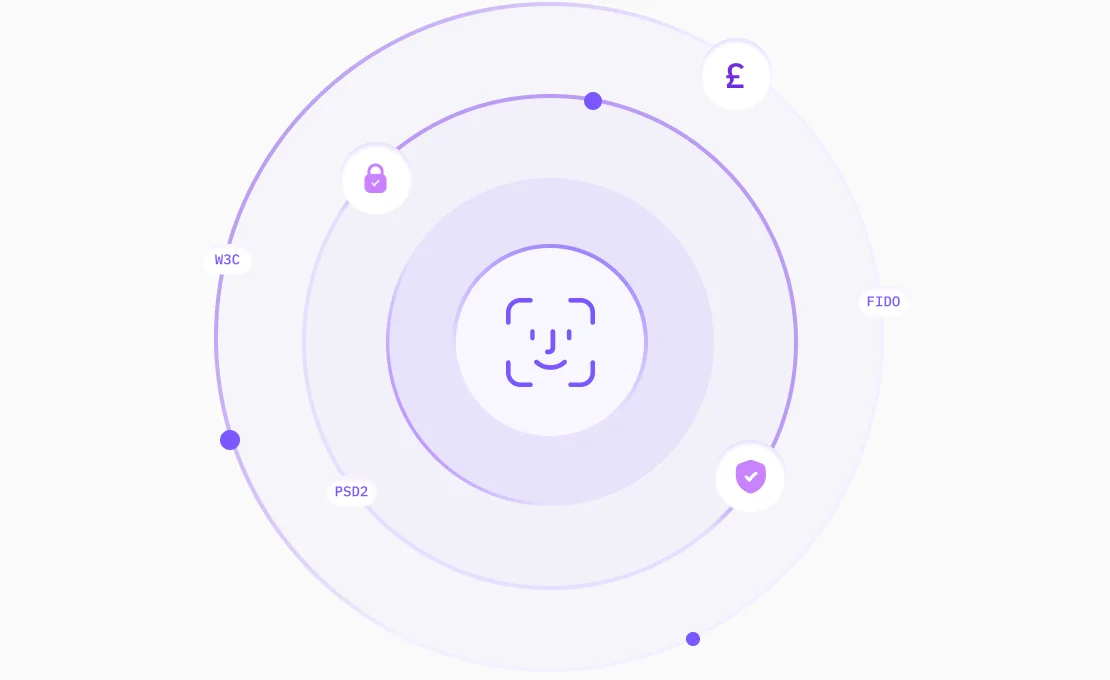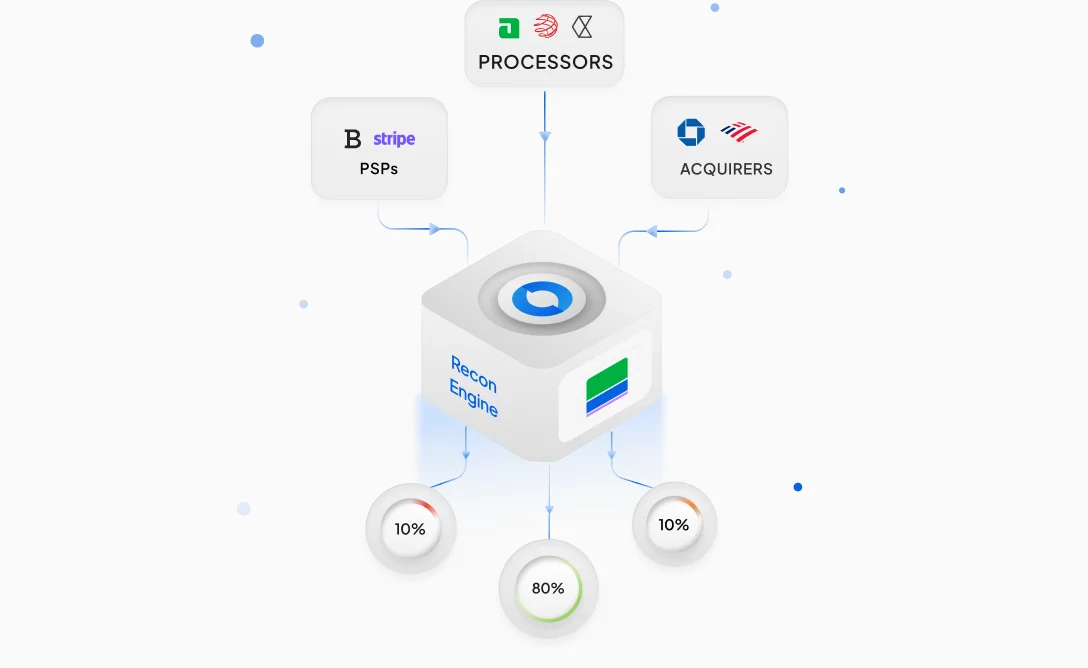ACH return codes play an important role by telling businesses why a transaction may have failed in the Automated Clearing House (ACH) network. These ACH codes assist financial institutions in tracing and addressing payment failures quickly, thereby improving efficiency in payment processes.
What is an ACH Payment?
ACH payments are electronic, bank-to-bank transfers of funds that occur within the U.S. financial system. These transactions are commonly used for direct deposits, bill payments, and other financial transfers.
ACH payments differ from wire transfers as the former are batch-processed. This means multiple transactions are grouped and processed together in the case of ACH payments. Such a system is more cost-effective and equally efficient for businesses as well as individuals to make payments.
There are two main types of ACH transactions: credits and debits.
- An ACH credit is when money is sent from one account to another, such as payroll.
- An ACH debit is when funds are taken or pulled from an account; for instance, when paying a utility bill automatically.
Both types of transactions are subject to return codes if a problem arises during processing.
ACH payments are secure, fast, and widely used across industries. However, in some cases, ACH payments can fail and this necessitates a return of funds. That’s where these ACH codes come in handy.
What are ACH Return Codes?
ACH return codes are three-character identifiers that explain why an ACH transaction failed. These codes are regularised and harmonised by NACHA, the regulator overseeing the ACH network. The ACH reason codes, basically, assist financial institutions in understanding the exact reasons behind returned or failed transactions.
These ACH return codes provide insights into issues like insufficient funds, invalid account numbers, or unauthorised transactions.
The most common ACH codes often signal simple problems, such as insufficient funds (R01) or closed accounts (R02). However, there are over 80 different codes, each offering details about the specific reason for the transaction failure.
By recognising these codes, businesses can act quickly to resolve the issue. For example, ACH return code R05 indicates that an unauthorised debit occurred, giving the receiving institution 60 days to return the payment.
In contrast, return codes like R01 for insufficient funds must be resolved within two days. Learning about these codes can help businesses reduce delays and bring in smoother operations.
ACH Return Codes List
There are numerous ACH codes, each representing a different issue. Some are encountered more frequently than others, but all are essential for effective payment management.
Common ACH Return Codes and Their Meanings
Some ACH return codes are quite common, due to their frequency of use. So, let us look at some of the most frequently encountered ACH return codes list, which a business can encounter.
R01 – Insufficient Funds: The customer’s account lacks adequate funds for the transaction to be completed. The business can repeat the said transaction or get in touch with the customer to seek out an alternative.
R02 – Account Closed: The account used for the payment has been closed by the customer or bank. The business should request updated account information.
R03 – No Account/Unable to Locate Account: The account number is valid in structure but does not match the customer’s details. It’s recommended to verify the account details with the customer.
These common ACH return reason codes often signal minor issues like incorrect information or insufficient funds, which can be resolved quickly by the business and the customer.
Full List of ACH Return Codes
ACH return codes cover a wide range of issues, and while some are more common, understanding the full list is crucial for managing all possible scenarios. Here are key ACH codes.
R01 – Insufficient Funds: The account lacks sufficient funds.
R02 – Account Closed: The account has been closed by the customer or bank.
R03 – No Account/Unable to Locate Account: The account number provided cannot be matched to the customer’s details.
R04 – Invalid Account Number: The format of the account number is incorrect.
R05 – Unauthorised Debit: The customer did not permit the debit.
R06 – Returned per ODFI’s Request: The originating financial institution requested the return of the funds.
R07 – Authorisation Revoked: The customer revoked their permission after initially approving the payment.
R08 – Payment Stopped: The customer has placed a stop payment on the transaction.
R09 – Uncollected Funds: There are uncollected funds despite a sufficient ledger balance.
R10 – Customer Advises Unauthorised Transaction: The customer has reported that the transaction was unauthorised or improper.
R11 – Customer Advises Not Within Authorisation Terms: The customer claims the transaction terms were not met.
R12 – Account Sold to Another DFI: The account has been sold to a different depository institution.
R13 – Invalid ACH Routing Number: The routing number provided is not valid.
R14 – Representative Payee Deceased: The person responsible for the account has passed away.
R15 – Beneficiary or Account Holder Deceased: The primary account holder has passed away.
R16 – Account Frozen/Entry Returned per OFAC Instruction: The account is frozen due to legal or government restrictions.
R17 – File Record Edit Criteria: The RDFI (Receiving Depository Financial Institution) is unable to process the return due to file errors.
R20 – Non-Transaction Account: The account does not allow transaction activity.
R29 – Corporate Customer Advises Not Authorised: The corporate account holder advises that the transaction was not authorised.
R31 – Permissible Return Entry: Certain entries are returned because they are allowed under ACH rules for specific transaction types (e.g., Classically Cleared Credit, i.e. CCD or Classically Cleared Debit, i.e. CTX).
This broader list includes both common and less frequent return codes that businesses might encounter. Understanding them helps ensure that payment issues are addressed effectively.
Conclusion
ACH return transaction codes are essential for understanding why electronic payments fail and for resolving those issues promptly. By keeping yourself informed about the most common codes, businesses can optimise their payment workflows and enhance customer satisfaction.
Juspay provides advanced solutions to manage and track return codes efficiently. Juspay’s expertise in payment processing helps simplify operations, ensuring smoother transactions and fewer issues related to ACH returns.
























